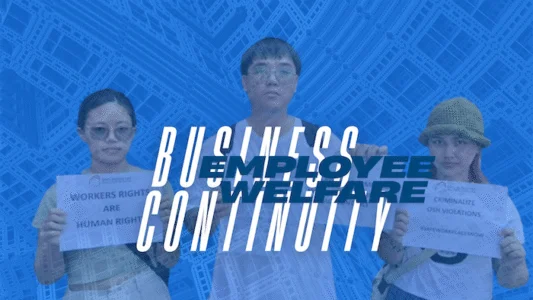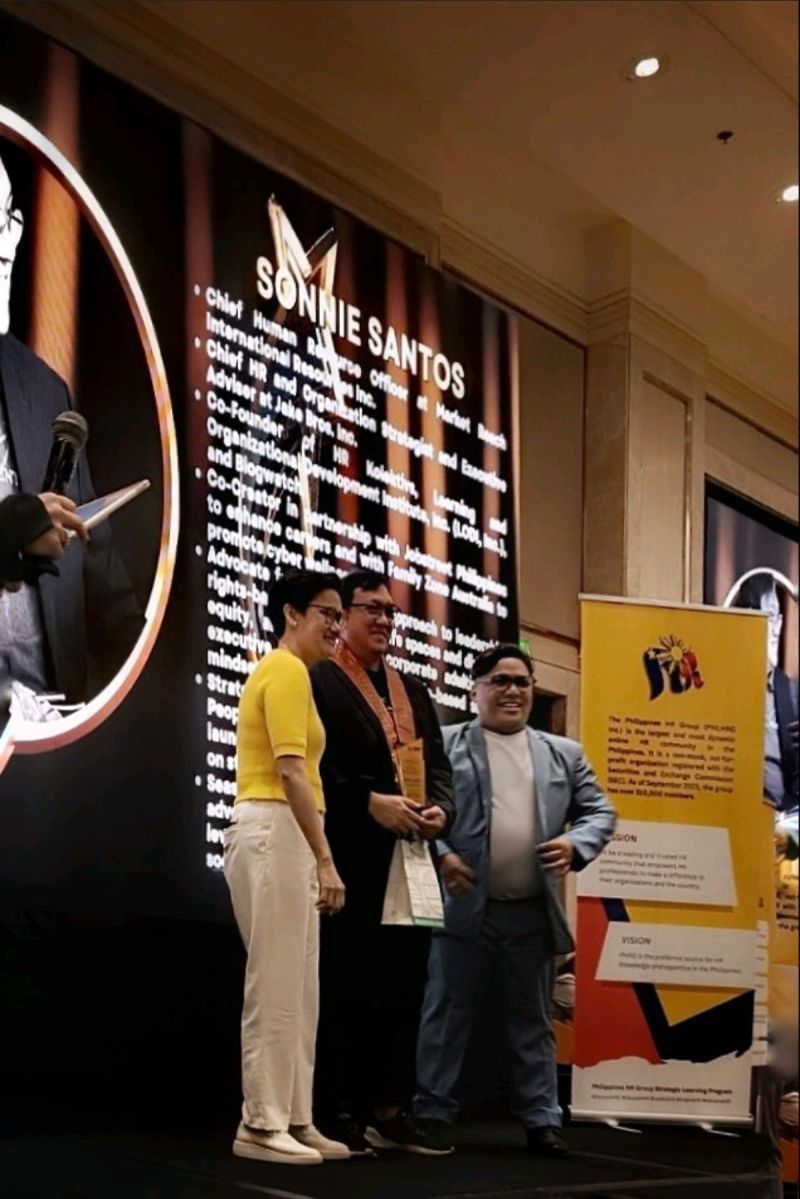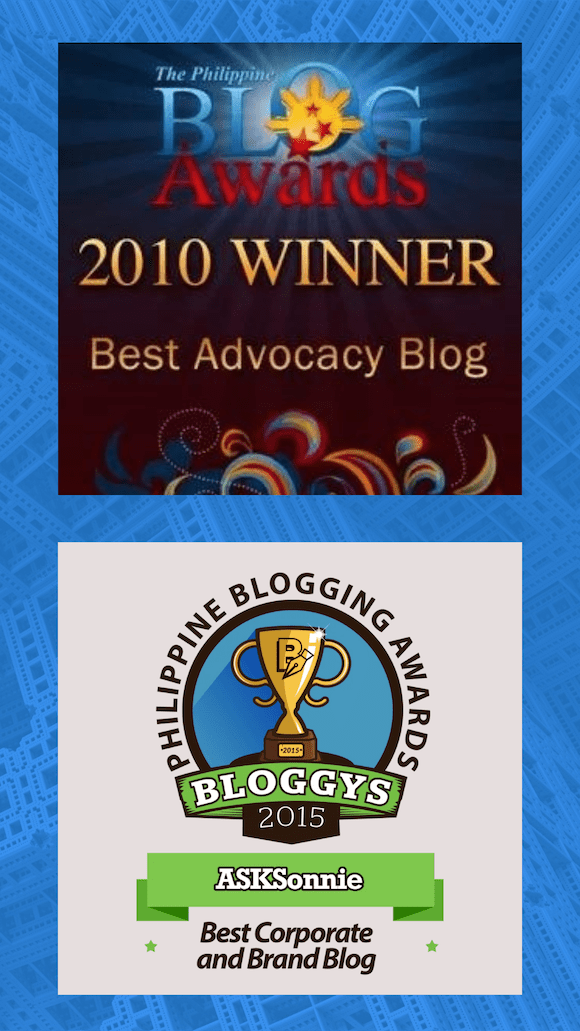When Business Continuity Overshadows Employee Welfare: Lessons from the Cebu Earthquake
The September 30 Cebu earthquake rattled more than buildings—it exposed cracks in how organizations balance employee welfare with business continuity. Reports that some BPO firms forced staff to remain on production floors or offered incentives to continue working amid unsafe conditions reveal a troubling gap between legal mandates and operational decisions.

Employee Welfare Under Legal and Ethical Lens
Under Philippine law, employers are duty-bound to prioritize safety:
- Republic Act 11058 (OSH Law): Employers must provide a safe and healthful workplace, maintain accessible emergency exits, conduct regular drills, and suspend work when there is imminent danger; workers are protected when refusing unsafe work. (Lawphil)
- DOLE Department Order 198-18 (IRR of RA 11058): Operationalizes RA 11058, reinforcing the right to refuse unsafe work and DOLE’s authority to issue work stoppage orders in cases of imminent danger. (CDA PDF)
In contrast, business continuity agreements in the BPO sector often bind companies to strict service-level agreements (SLAs) with uptime targets tied to penalties and reputation—pressure that can push management toward premature “business as usual.”
The tension is clear: employee safety vs. client deliverables.
The Empathy Gap in Crisis Management
Incentivizing workers to remain during unsafe conditions with double pay or meal allowances may seem generous, but it signals a transactional, not empathetic view of safety. For employees, the choice is stark: protect their lives and family or protect their pockets. Without empathy, workers perceive management as valuing contracts over people.
Misaligned Expectations: When Communication Breaks Down
The Cebu earthquake didn’t only reveal a lack of emergency communication—it showed a deeper misalignment of expectations between management and employees.
In many companies, employees assumed leadership would prioritize evacuation, while managers—pressured by business continuity targets—expected staff to keep operations running “until further notice.” The silence and confusion that followed were not just failures of communication but of clarity and foresight.
If no shared protocol exists for crisis response, that’s a leadership foresight issue. But if a protocol does exist and employees were never informed, that’s a communication and HR accountability issue. In short: employees didn’t know what management expected, and management didn’t secure buy-in. That gap bred mistrust—especially in a sector where people are both the product and the brand.
A Credible People First BCP
The complaint of some BPO employees exposed the absence of credible business continuity planning (BCP):
- At company level: Many responses were reactive—“stay longer, earn more”—instead of tested evacuation drills, alternate site setups, or worker logistics.
- Industry-wide: Despite Cebu’s 200,000+ BPO workforce, there appears no unified framework balancing OSH law with global SLA pressures.
By contrast, other sectors co-design frameworks across firms:
- Toyota – Great East Japan Earthquake (2011): Toyota prioritized people first and rebuilt resilience before scaling production. (Toyota Global)
- Honda Thailand floods (2011): Suspended production, then restored it with planning, flood walls, and supply-chain adjustments. (Honda Newsroom)
What Peer BPO Hubs Did Right
- Chennai floods (2015): IT-BPO firms like TCS & Cognizant shifted workloads, arranged buses, and enabled WFH. (Economic Times)
- Accenture Philippines (Typhoon Odette, 2021): Released verified guidelines and assistance for affected employees. (AccentureJobsPH Facebook)
These examples prove continuity and welfare are not mutually exclusive. When people are protected first, organizations recover faster.
ASK Framework
- Align – Integrate force-majeure/employee-first clauses in SLAs; ensure BCPs comply with RA 11058 and DO 198-18. (Lawphil)
- Strengthen – Train managers for empathy-driven crisis response, align with ISO 22301 BCM good practice. (BSI Group)
- Kickstart – Build trust via regular drills, transparent comms, and employee voice mechanisms. (PDRF)
Moving Forward
The Cebu earthquake BPO response offers a hard lesson: continuity without clarity is chaos. When expectations are unspoken, assumptions multiply. The way forward is to align expectations before the crisis—not during it.
💡 The ASK Takeaway
The Cebu earthquake reminds leaders that continuity without clarity is chaos. True resilience follows the ASK Framework — Align • Strengthen • Kickstart:
- Align business continuity plans with RA 11058 and DOLE DO 198-18 to ensure safety is not compromised by SLA pressures.
- Strengthen empathy and decision-making through crisis training, communication protocols, and HR-safety collaboration.
- Kickstart trust by embedding safety expectations in onboarding, orientation, and drills—before the next crisis hits.
Learn how to build alignment before the quake → ASK Framework Cornerstone Page
FAQ
What should companies prioritize after an earthquake?
Employee safety must always come first. Under RA 11058 and DOLE DO 198-18, employers are mandated to suspend work when imminent danger exists before resuming business continuity operations.
How can BPOs balance SLAs with employee welfare?
Integrate force-majeure clauses, train leaders for empathetic response, and communicate transparently with clients. Human-centered continuity protects both reputation and resilience.





